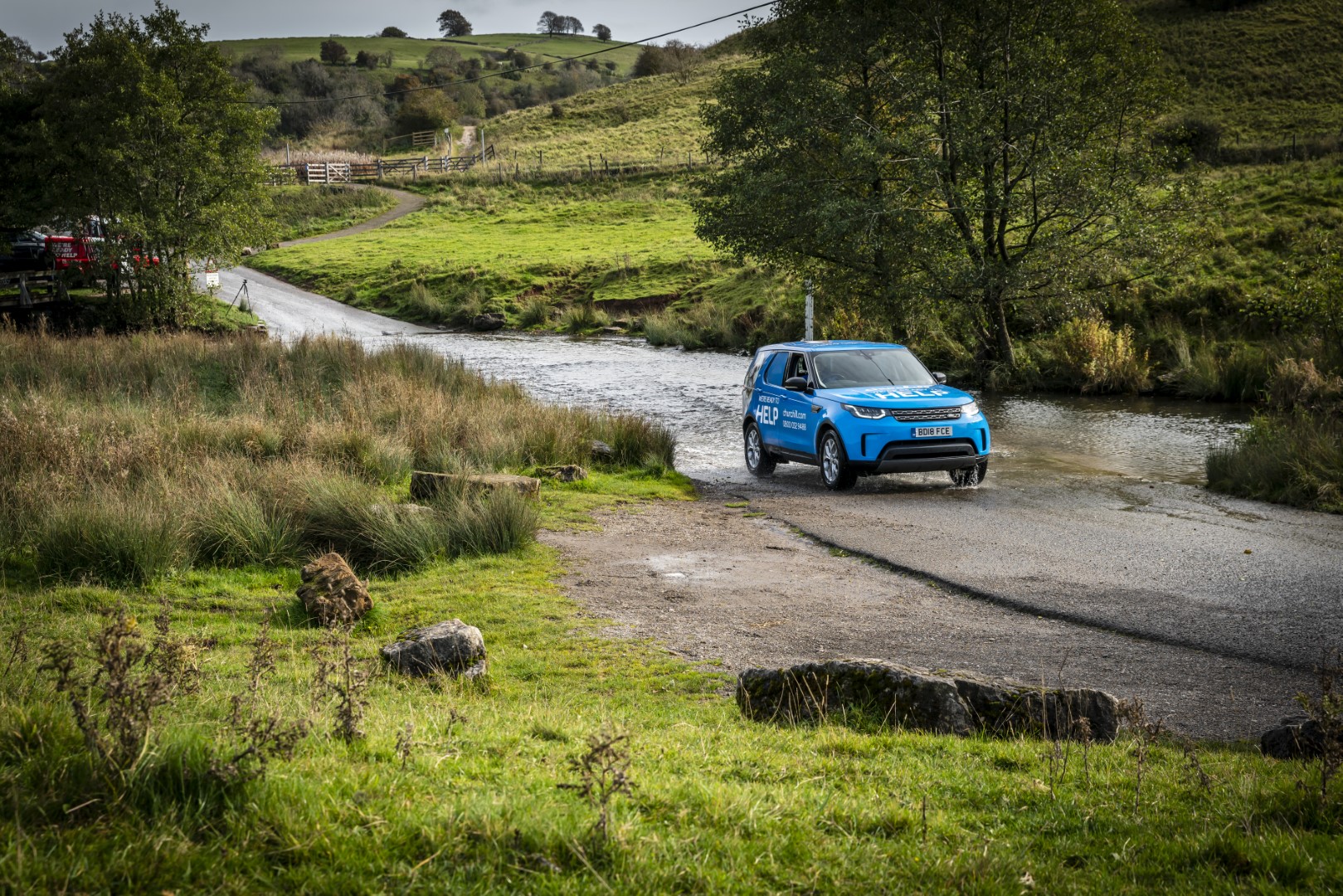A fifth of cars exceed speed limit when driving past a primary school
- A new road traffic safety experiment identified more than 17,000 cars speeding past a primary school
- Speeding vehicles drove on average 14 per cent over the legal limit, which would increase their stopping distance by 11.6m
- One in seven motorists were found speeding during busy school drop-off and collection times
Churchill Motor Insurance is urging motorists to slow down when driving near schools, as a new road traffic safety experiment1 conducted by the insurer found a fifth (21 per cent) vehicles exceeded the speed limit when passing a primary school during term time. The findings are extremely concerning given drivers are using roads where lots of young children will be crossing and it is often hard to see around parked cars.
During the two-week experiment more than 83,000 cars drove past the school used for the test, with over 17,000 exceeding the speed limit. Cars found speeding drove on average 14 per cent (34.1 MPH) over the legal limit, despite clear signage of both the 30 MPH speed limit and the proximity to a school.
This increase in speed can have a drastic impact on the distance a driver has to stop in an emergency to avoid hitting a child. A car travelling at 30 MPH has a stopping distance of 46.7m in dry conditions. However, a 14 per cent increase in speed to 34.1 MPH raises the stopping distance to 58.3m, an increase of 25 per cent. This is further exacerbated in wet conditions, with the average stopping distance rising by 31 per cent to 78.2m if a car is driving 4.1 MPH above the speed limit.
Motorist behaviours influenced by time and day
Drivers were most likely to speed during the morning drop-off (7:30-8:30am), when nearly a fifth (18 per cent) vehicles were found to be breaking the law. This fell to seven per cent during afternoon pick-up (3:15-4:15pm), though this may be a result of a 31 per cent increase in traffic volumes that prevented motorists from speeding.
While these are times when there is likely to be a high concentration of child pedestrians along the road, this is apparently not enough of a deterrent for motorists. An average of one in seven (14 per cent) vehicles was found speeding during these one-hour windows.
Table one: Speeding habits around primary schools by day of the week
Day |
Share of motorists exceeding the speed limit (30mph) |
||
All day |
Drop off |
Pick up (3:15-4:15pm) |
|
Monday |
18 per cent |
16 per cent |
7 per cent |
Tuesday |
18 per cent |
14 per cent |
6 per cent |
Wednesday |
18 per cent |
17 per cent |
7 per cent |
Thursday |
21 per cent |
20 per cent |
8 per cent |
Friday |
20 per cent |
21 per cent |
7 per cent |
Source: Churchill Motor Insurance, 2022
These figures are particularly alarming as analysis2 of more than 600,000 road traffic accidents between 2017 and 2020 found 82,757 cases involved a pedestrian. Children of primary school age, those between four and 11, accounted for one in eight (12 per cent) of these accidents, despite only accounting for 10 per cent of the population.
Overall, more than 10,000 primary school children were hit by vehicles between 2017 and 2020, meaning seven children were hit by a car every single day. The analysis shows that young children are 22 per cent more likely to be involved in a road traffic accident than the rest of the population.
Nicholas Mantel, Head of Churchill Motor Insurance, said: “Driving over the speed limit, even by the slightest amount, can have a serious impact on braking distances. Young children don’t always have the best road safety awareness and may run out from between parked cars, so if a car was travelling above the speed limit when this happened, it may not be able to stop in time, leading to a tragic accident.
“While drivers should be more responsible with their speed around schools, it is vital children are educated on road safety to ensure they know how to minimise the risks of an accident. We would encourage any adults to teach children key safety tips when close to roads to avoid any nasty incidents.”
ENDS
Notes to Editors
1 Practical experiment carried out by Intelligent Data Collection on Bray Road (B3028), near Oldfield Primary School in Maidenhead. Vehicle volumes and speeds were recorded in 15-minute bands between Monday 10th and Sunday 23rd January 2022
2 Churchill analysis of STATS19 data for the period covering 1st January 2017 to 31st December 2020. Analysis was conducted on accident and casualty profiles, with a specific focus on the circumstances around incidents involving pedestrian casualties aged between 4 and 11.
For further information please contact:
Chelsey Wheeler
Churchill PR Manager
Tel: 01651 832 095
Email: Chelsey.Wheeler@directlinegroup.co.uk
Churchill
Founded in 1989, Churchill is now one of the UK's leading providers of general insurance, offering car, home, travel and pet insurance cover over the phone or on-line.
Churchill general insurance policies are underwritten by U K Insurance Limited, Registered office: The Wharf, Neville Street, Leeds LS1 4AZ. Registered in England and Wales No 1179980. U K Insurance Limited is authorised by the Prudential Regulation Authority and regulated by the Financial Conduct Authority and the Prudential Regulation Authority.
Churchill and U K Insurance Limited are both part of Direct Line Insurance Group plc.
Customers can find out more about Churchill products or get a quote by calling 0300 200 300 or visiting www.churchill.com
